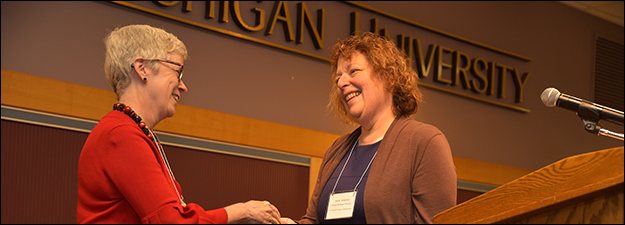Space and Limits in Aljamiado Literature
Sponsoring Organization(s)
Center for Inter-American and Border Studies, Univ. of Texas-El Paso
Organizer Name
Matthew V. Desing
Organizer Affiliation
Univ. of Texas-El Paso
Presider Name
Matthew V. Desing
Paper Title 1
Imagined Space and Social Networks in Aljamiado Literature
Presenter 1 Name
Robert Hultgren
Presenter 1 Affiliation
Univ. of Minnesota-Twin Cities
Paper Title 2
From the Tormes Tanneries to the Puerta de Elvira: Celestina's Morisca Daughters
Presenter 2 Name
Andrea Nate
Presenter 2 Affiliation
Truman State Univ.
Paper Title 3
Art and Authority in the Poema de Yuçuf
Presenter 3 Name
Andrea Pauw
Presenter 3 Affiliation
Univ. of Virginia
Paper Title 4
Endless Space and Infinite Darkness: Alexander the Great's Quest for Immortality in the Rekontamiento del rey Alisandre
Presenter 4 Name
Priya Ananth
Presenter 4 Affiliation
Univ. of Wisconsin-Madison
Start Date
13-5-2017 1:30 PM
Session Location
Schneider 1160
Description
This session examines borders, boundaries, frontiers, and larger spatial issues as manifested in aljamiado literature, which is the literature composed in medieval Iberian Romance dialects, but written out in Arabic letters. In the 2016 Congress, the theme of space and the “spatial turn” in medieval Iberian literature and culture surfaced several times, and this sessions is an attempt to respond to such discussions, while connecting these issues to borders and spatial limits.
Matthew V. Desing
Space and Limits in Aljamiado Literature
Schneider 1160
This session examines borders, boundaries, frontiers, and larger spatial issues as manifested in aljamiado literature, which is the literature composed in medieval Iberian Romance dialects, but written out in Arabic letters. In the 2016 Congress, the theme of space and the “spatial turn” in medieval Iberian literature and culture surfaced several times, and this sessions is an attempt to respond to such discussions, while connecting these issues to borders and spatial limits.
Matthew V. Desing

